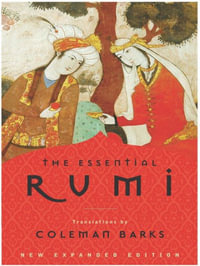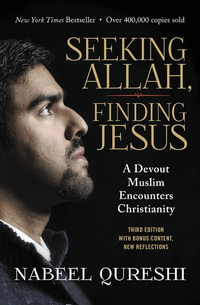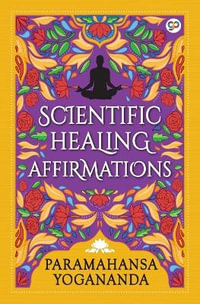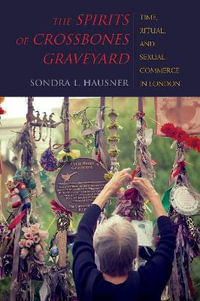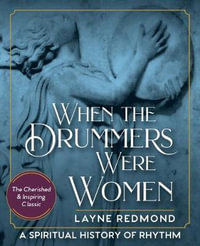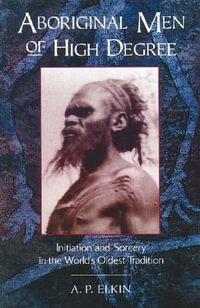"ALL THEOLOGY", it has been said, "at its heart is biography." St Augustine's Confessions are a prime example. John Barnett combines personal stories, observation of religious practice, and theological reflection in this important book, in which he reflects on being both a minister of an Anglican-Methodist church and a regular worshipper at a Sikh Gurdwara.
Barnett begins by describing a moment some years earlier, when, running on a treadmill, he saw "a silhouette of silver light round a black human shape. . . His glory was visible. Later he says, "I realized, that Christ does not need or seek to diminish the glory of others. In his light the glory of Muhammad or the Buddha shines more clearly than ever."
As part-time interfaith officer in Wolverhampton, Barnett met many members of different faiths, but he recognised that these meetings were often more about community relations than spiritual sharing. He wanted to move beyond this, and, in 2015, he began his research on multiple religious participating (MRP) - making himself as the subject of that research. MRP is a term used of those whose spiritual life is nourished by more than one spiritual tradition - perhaps because their partner is of another religion.
On a Sunday, after the church service that he had led ended, Barnett was on his way to join the worship at a local Sikh Gurdwara - although he paused to record his impression of the church service before putting on a headscarf and removing his shoes.
In the gurdwara, he sat on the floor and had to rely on others to explain what was happening. He shares with the reader much of what he learned about the teaching of the Gurus and the ceremonies of the Gurdwara, as well as the fellowship of the langar, the community kitchen. Gradually, Barnett moved from being a welcome guest to helping in the kitchen and becoming an unofficial member. When he moved away, he was given a fond farewell by his Sikh friends.
The real focus of the book is on the effect that this had on his own spiritual life. There are graphs showing when he would label himself as a Christian-Sikh or when he would feel that he was a Sikh-Christian.
Barnett refers to much recent literature on shared religious identity and interfaith worship. The discussion would be enriched by reflecting on the experience of Indian Christians such as Chenchiah and Chakkarai - both converts from Hinduism ? and, indeed, on the life and work of Max Arthur Macauliffe, who, in the 19th century, translated much of the Guru Granth Sahib - the Sikh scriptures. It is said that ten minutes before his death Macauliffe was reciting the Japji, a Sikh prayer.

